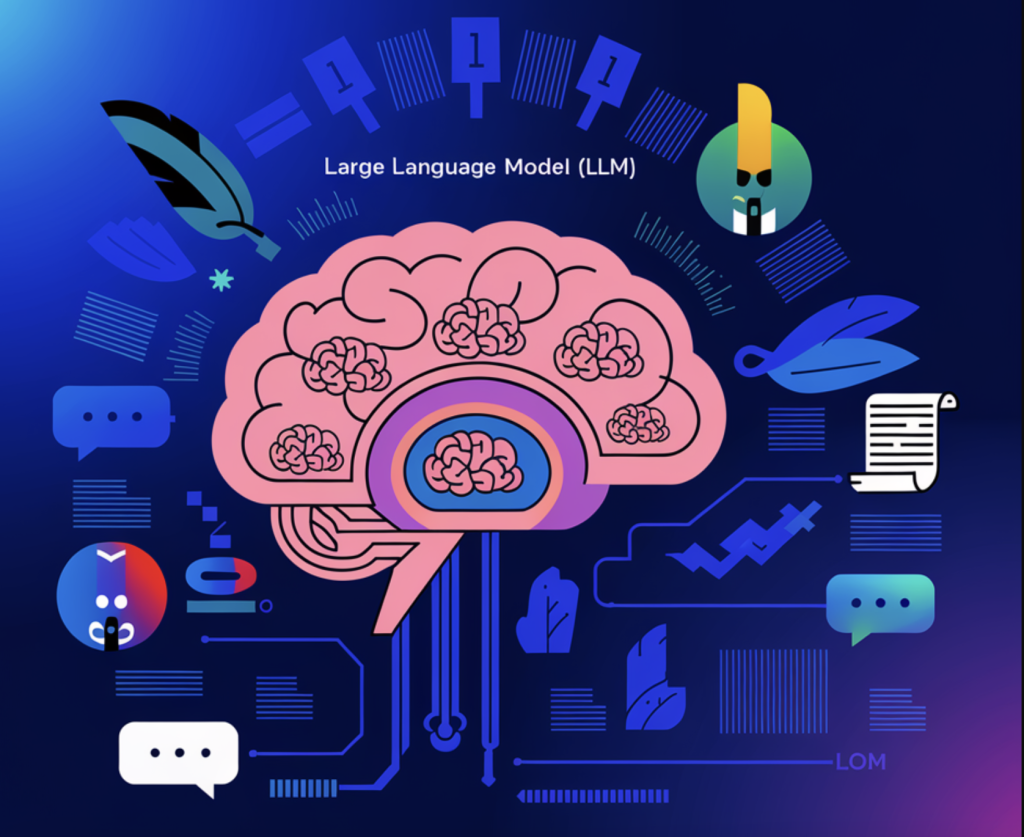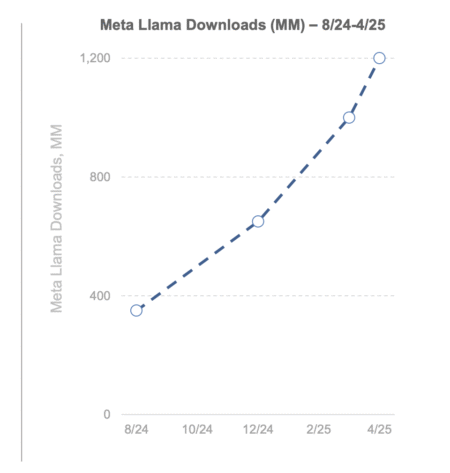

Understanding and processing human language has always been a difficult challenge in artificial intelligence. Early AI systems often struggled to handle tasks like translating languages, generating meaningful text, or answering questions accurately. These systems relied on rigid rules or basic statistical methods that couldn’t capture the nuances of context, grammar, or cultural meaning. As a result, their outputs often missed the mark, either being irrelevant or outright wrong. Moreover, scaling these systems required considerable manual effort, making them inefficient as data volumes grew. The need for more adaptable and intelligent solutions eventually led to the development of Large Language Models (LLMs).
Understanding Large Language Models (LLMs)
Large Language Models are advanced AI systems designed to process, understand, and generate human language. Built on deep learning architectures—specifically Transformers—they are trained on enormous datasets to tackle a wide variety of language-related tasks. By pre-training on text from diverse sources like books, websites, and articles, LLMs gain a deep understanding of grammar, syntax, semantics, and even general world knowledge.
Some well-known examples include OpenAI’s GPT (Generative Pre-trained Transformer) and Google’s BERT (Bidirectional Encoder Representations from Transformers). These models excel at tasks such as language translation, content generation, sentiment analysis, and even programming assistance. They achieve this by leveraging self-supervised learning, which allows them to analyze context, infer meaning, and produce relevant and coherent outputs.

Technical Details and Benefits
The technical foundation of LLMs lies in the Transformer architecture, introduced in the influential paper “Attention Is All You Need.” This design uses self-attention mechanisms to allow the model to focus on different parts of an input sequence simultaneously. Unlike traditional recurrent neural networks (RNNs) that process sequences step-by-step, Transformers analyze entire sequences at once, making them faster and better at capturing complex relationships across long text.
Training LLMs is computationally intensive, often requiring thousands of GPUs or TPUs working over weeks or months. The datasets used can reach terabytes in size, encompassing a wide range of topics and languages. Some key advantages of LLMs include:
- Scalability: They perform better as more data and computational power are applied.
- Versatility: LLMs can handle many tasks without needing extensive customization.
- Contextual Understanding: By considering the context of inputs, they provide relevant and coherent responses.
- Transfer Learning: Once pre-trained, these models can be fine-tuned for specific tasks, saving time and resources.
Types of Large Language Models
Large Language Models can be categorized based on their architecture, training objectives, and use cases. Here are some common types:
- Autoregressive Models: These models, such as GPT, predict the next word in a sequence based on the previous words. They are particularly effective for generating coherent and contextually relevant text.
- Autoencoding Models: Models like BERT focus on understanding and encoding the input text by predicting masked words within a sentence. This bidirectional approach allows them to capture the context from both sides of a word.
- Sequence-to-Sequence Models: These models are designed for tasks that require transforming one sequence into another, such as machine translation. T5 (Text-to-Text Transfer Transformer) is a prominent example.
- Multimodal Models: Some LLMs, such as DALL-E and CLIP, extend beyond text and are trained to understand and generate multiple types of data, including images and text. These models enable tasks like generating images from text descriptions.
- Domain-Specific Models: These are tailored to specific industries or tasks. For example, BioBERT is fine-tuned for biomedical text analysis, while FinBERT is optimized for financial data.
Each type of model is designed with a specific focus, enabling it to excel in particular applications. For example, autoregressive models are excellent for creative writing, while autoencoding models are better suited for comprehension tasks.
Results, Data Insights, and Additional Details
LLMs have shown remarkable capabilities across various domains. For example, OpenAI’s GPT-4 has performed well in standardized exams, demonstrated creativity in content generation, and even assisted with debugging code. According to IBM, LLM-powered chatbots are improving customer support by resolving queries with greater efficiency.
In healthcare, LLMs help analyze medical literature and support diagnostic decisions. A report by NVIDIA highlights how these models assist in drug discovery by analyzing vast datasets to identify promising compounds. Similarly, in e-commerce, LLMs enhance personalized recommendations and generate engaging product descriptions.
The rapid development of LLMs is evident in their scale. GPT-3, for instance, has 175 billion parameters, while Google’s PaLM boasts 540 billion. However, this rapid scaling also brings challenges, including high computational costs, concerns about bias in outputs, and the potential for misuse.
Conclusion
Large Language Models represent a significant step forward in artificial intelligence, addressing longstanding challenges in language understanding and generation. Their ability to learn from vast datasets and adapt to diverse tasks makes them an essential tool across industries. That said, as these models evolve, addressing their ethical, environmental, and societal implications will be crucial. By developing and using LLMs responsibly, we can unlock their full potential to create meaningful advancements in technology.
Also, don’t forget to follow us on Twitter and join our Telegram Channel and LinkedIn Group. Don’t Forget to join our 60k+ ML SubReddit.
 FREE UPCOMING AI WEBINAR (JAN 15, 2025): Boost LLM Accuracy with Synthetic Data and Evaluation Intelligence–Join this webinar to gain actionable insights into boosting LLM model performance and accuracy while safeguarding data privacy.
FREE UPCOMING AI WEBINAR (JAN 15, 2025): Boost LLM Accuracy with Synthetic Data and Evaluation Intelligence–Join this webinar to gain actionable insights into boosting LLM model performance and accuracy while safeguarding data privacy.
The post What are Large Language Model (LLMs)? appeared first on MarkTechPost.
Source: Read MoreÂ




